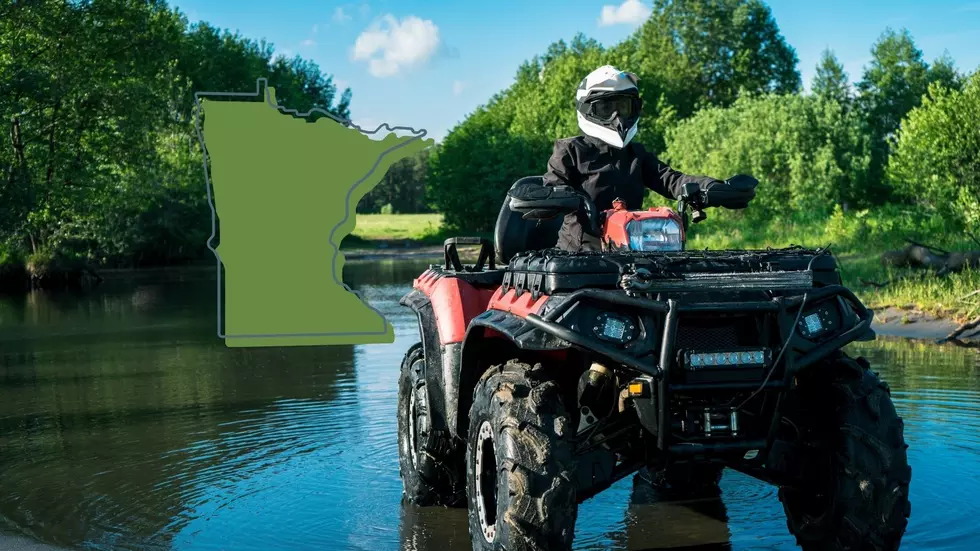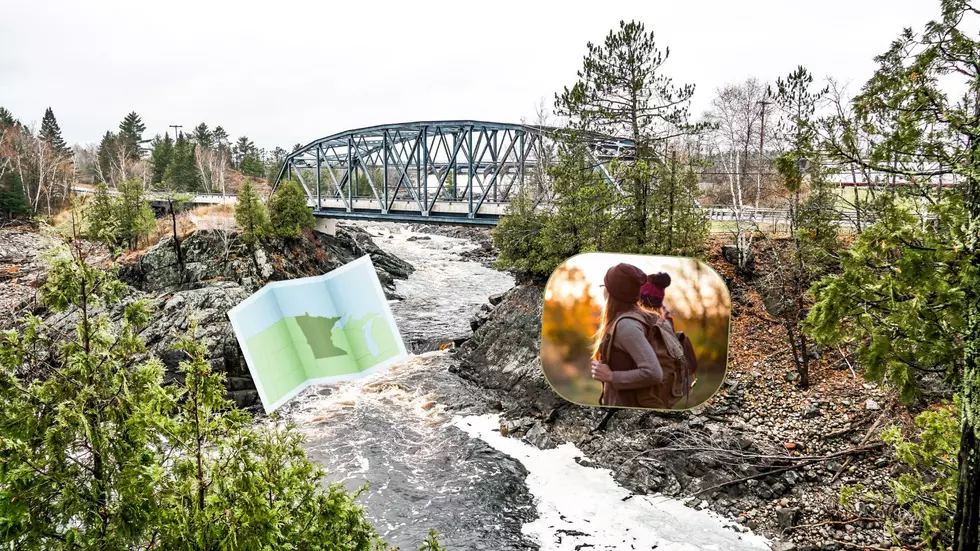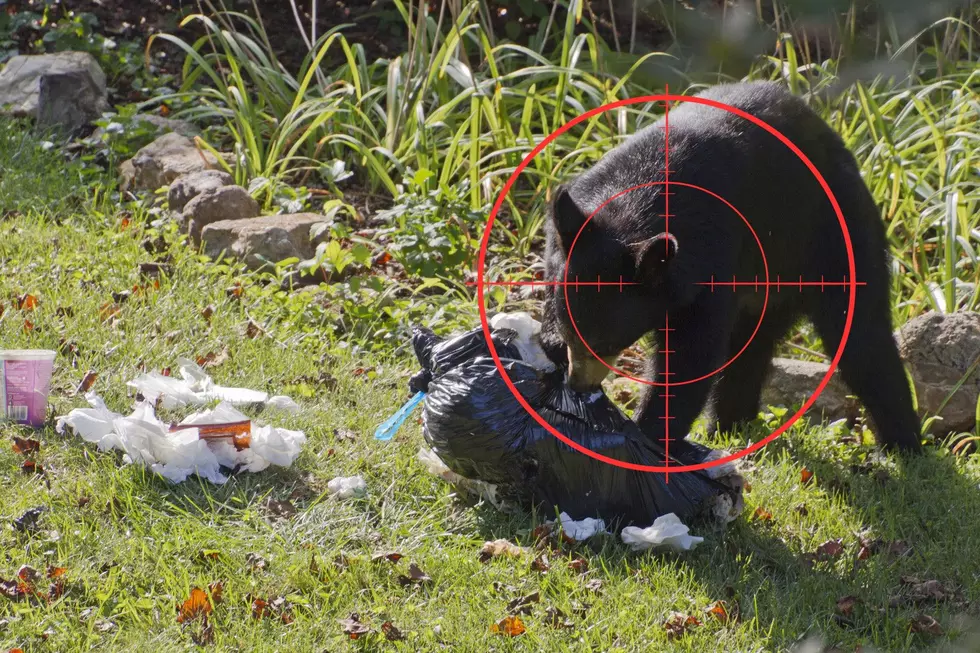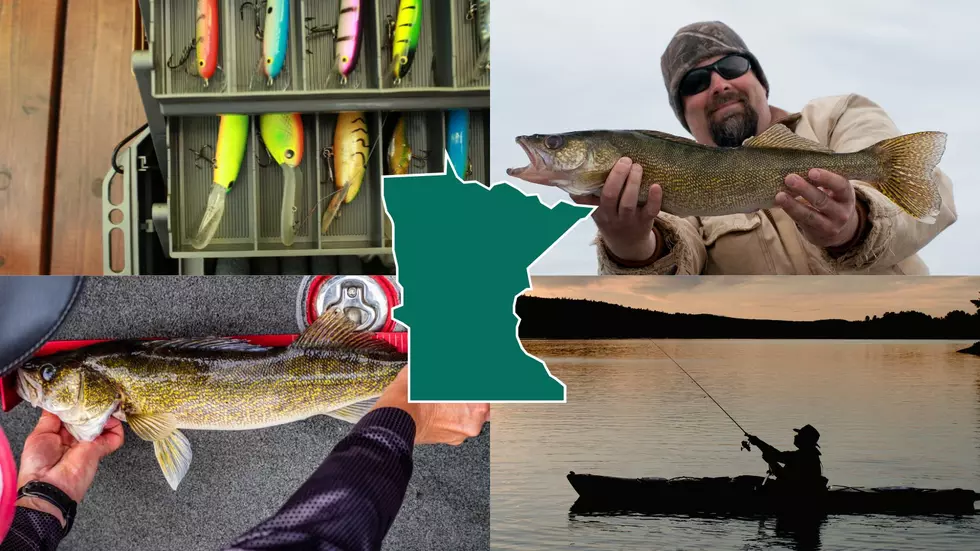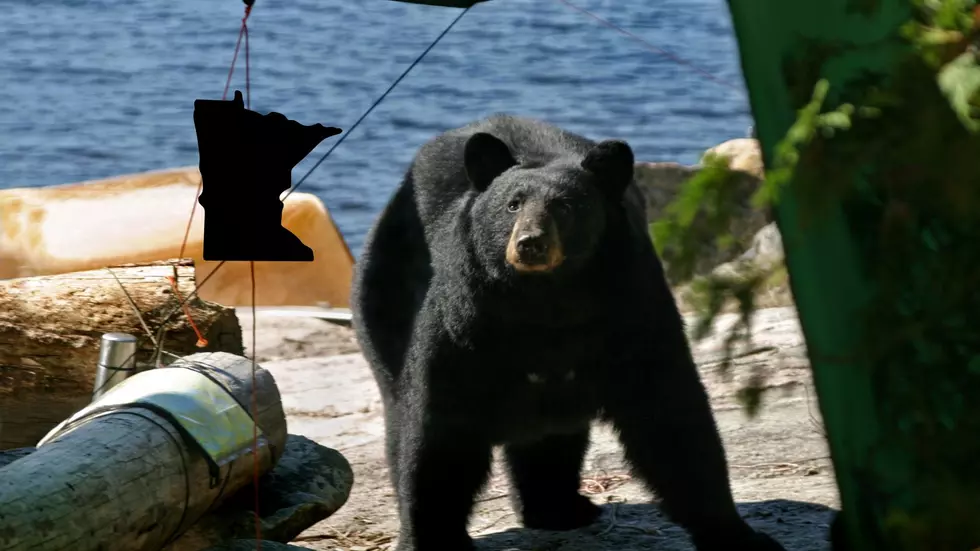
Major Minnesota 2023 Deer Hunting Regulation Changes You Need To Know
The Minnesota firearms deer hunting season is upon us and it's important that hunters across the stage are aware of regulation changes that the Minnesota Department of Natural Resources announced earlier this year.
The DNR promises that deer hunters will have more ways to hunt in Minnesota this fall, but hunters need to be aware of significant regulation changes that are in effect this year.
New this year, for example, is that crossbows are allowed for all deer hunters with an archery license. This change allows all hunters who purchase an archery deer license to take deer with a crossbow throughout the archery deer season. Hunters will be asked whether they harvested their deer with a crossbow or vertical bow when they registered their deer.
Other changes include:
- Synthetic ground blinds on public lands are required to have blaze orange covering. This change requires that fabric or synthetic blinds on public land must have a blaze orange safety covering on top of the blind that is visible from all directions, or a patch made of blaze orange that is at least 144 square inches (12x12 inches) on each side of the blind.
- Members of a hunting party may not tag a legal buck or antlerless deer for any member of their party hunting with a youth license.
- Portable deer stands may be left overnight in certain wildlife management areas in the northwest.
- A licensed hunter who lawfully harvests an escaped farmed deer or elk is not liable to the owner but they must notify the DNR within 24 hours. If you harvest a deer or elk with ear tags or other identification, contact a conservation officer.
- Some chronic wasting disease zones changed
- Nontoxic ammunition will now be required for special hunts in state parks or in scientific and natural areas where hunting is allowed
- Some harvest limits are reduced in northeast and north-central Minnesota while most areas have similar bag limits as last year.

The DNR says that after a tough winter, deer hunters in northern Minnesota might see fewer deer, however in central and southern Minnesota, deer likely fared well.
“Hunters in most of Minnesota can expect a season similar to last year in terms of how many deer they can harvest,” Keller said. “The lower bag limits in northeast and north-central Minnesota aim to allow deer populations to recover after back-to-back severe winters. Deer are resilient and we are hopeful deer populations there will gradually recover along with lower harvests, especially if we get some mild winters.”
The Minnesota DNR increased the bag limit or lottery permits in 12 deer permit areas this year, 80 DPAs have the same designation as last year, and 38 DPAs have reduced bag limits or lottery permits. Information about specific DPA bag limits and other season information is available on the Minnesota DNR website.
The DNR also stresses the importance for hunters to get their deer tested in CWD zones. This year, some DPAs were added to CWD zones and some were removed. Hunters should check the requirements and available sampling options for the DPAs where they hunt. Hunters can find this DPA-specific information by visiting the Make A Plan tool.
Hunters are required to have their deer 1 year or older sampled for CWD in all CWD management and surveillance zones during the opening weekend of the firearms A season (November 4-5). In all areas outside CWD management and surveillance zones, hunters will have other options to get their deer sampled for CWD.
It's important for all deer hunters to review the Minnesota DNR's Deer Hunting page, which contains a wealth of important information including dates to remember, existing and new regulations, detailed CWD information, and a lot more.
States with the most registered hunters
Gallery Credit: Meagan Drillinger
LOOK: Here are the states where you are most likely to hit an animal
Gallery Credit: Dom DiFurio & Jacob Osborn
More From B105


